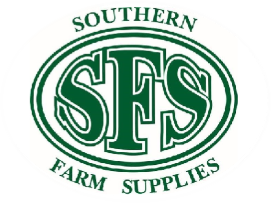
Roller Mill
Roller mills use the process of stress (which is applied by the rotating wheels) and attrition in milling of solids to cracked grain, flour for wheat to rice or oil from nuts to grist solid materials. The rollers rotate at different speeds and the material is sheared as it passes through the gap.
The gearing of rollers in a roller mill have 2 options – one slow mill and one fast one for differential for shearing or rolls running at same speed for flattening / flaking. The rolls turn in opposite directions, toward each other, pulling the product between them. The cut, depth, and spiral of the corrugation, together with the rotation differential, determine the aggressiveness of the milling at any particular step
To obtain the desired particles size, the following should be controlled:
- The gap between the rollers.
- The speed differential or constant crush between the rolls.
- Feed rate
Different types of Roller Mills:
- Mobile Milling – Paddock or Bunkers
- Large Commercial Hammer Mill
- AFS Double Crush 300mm Rollermill
- AFS Feed Mixing Unit (Australian Made)
- AFS Twin Roller Mill (Australian Made)
- AFS Single Roller Mills (Australian Made)
- PTO Auxiliary Roller Mill